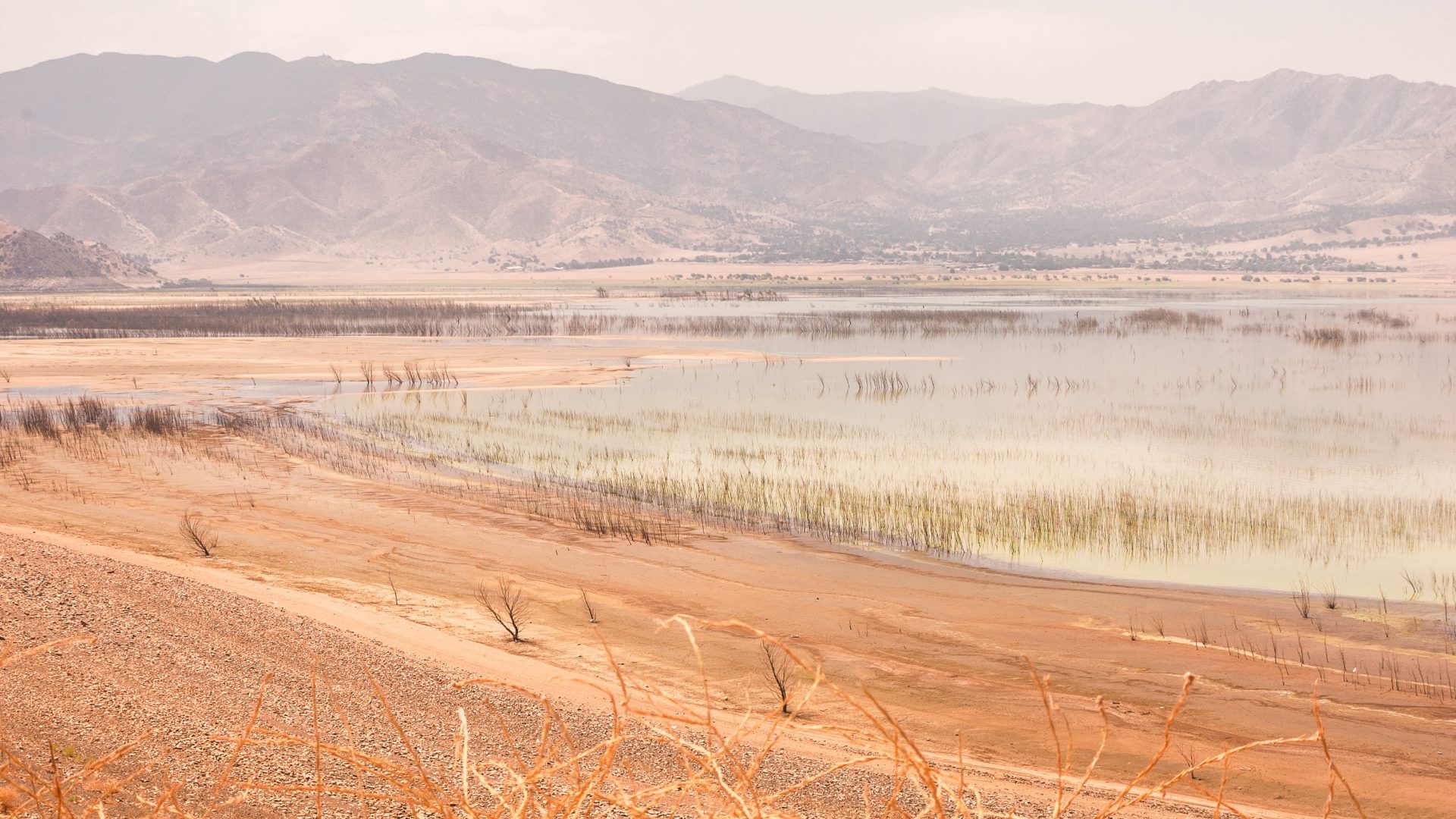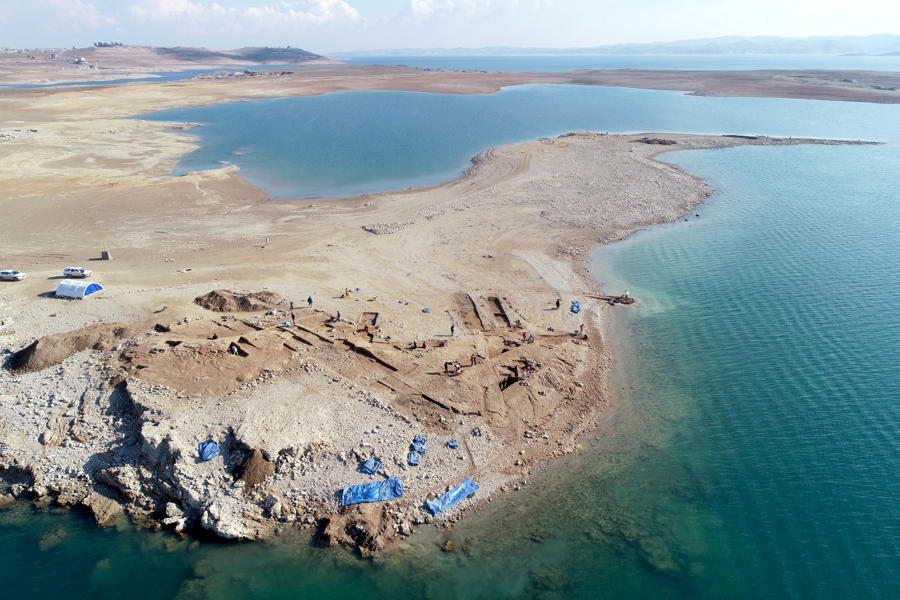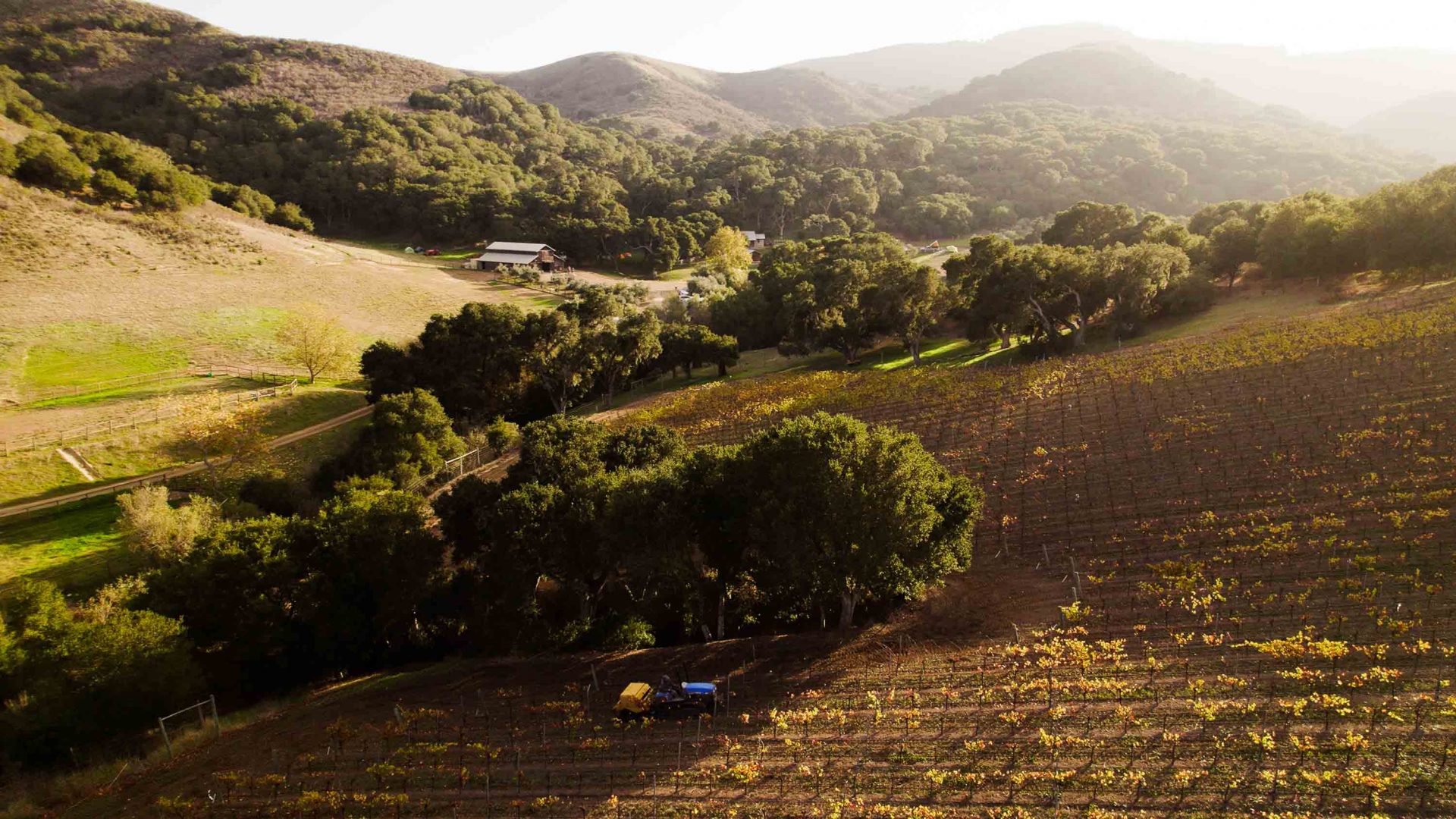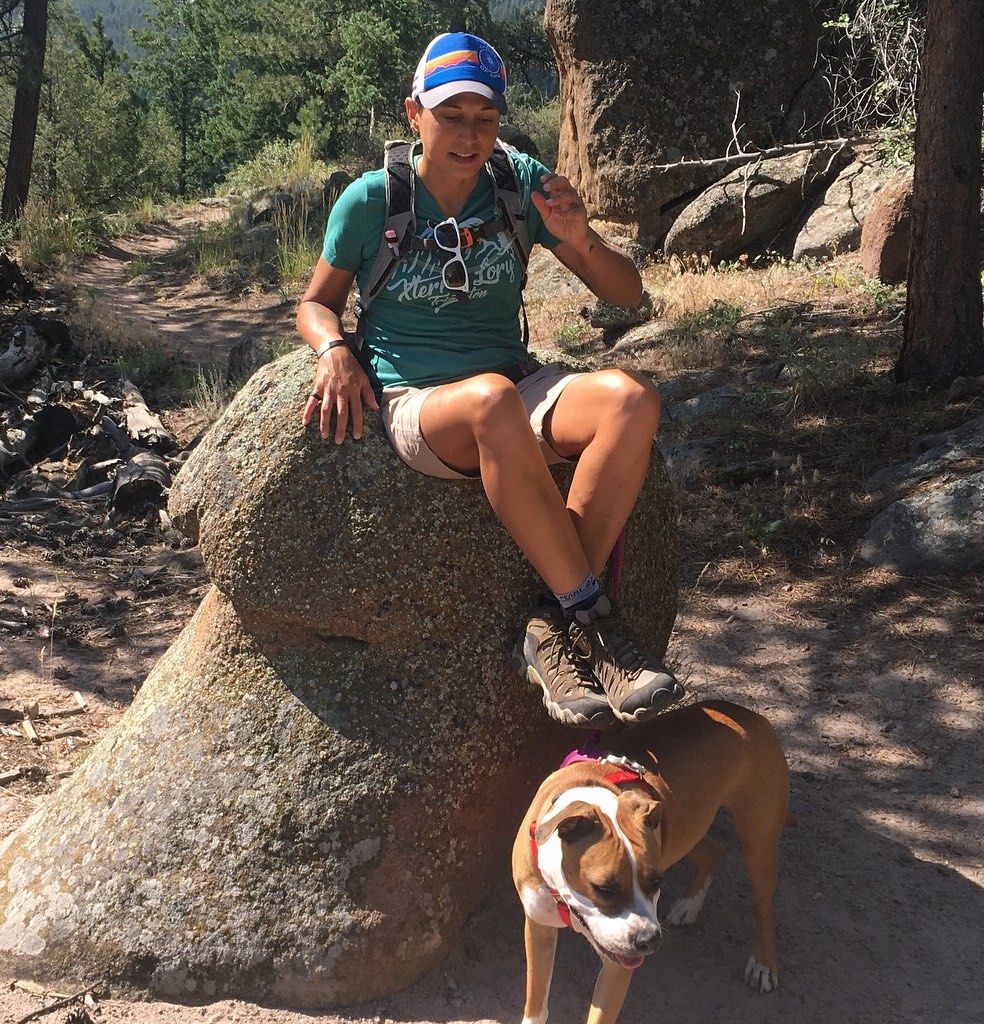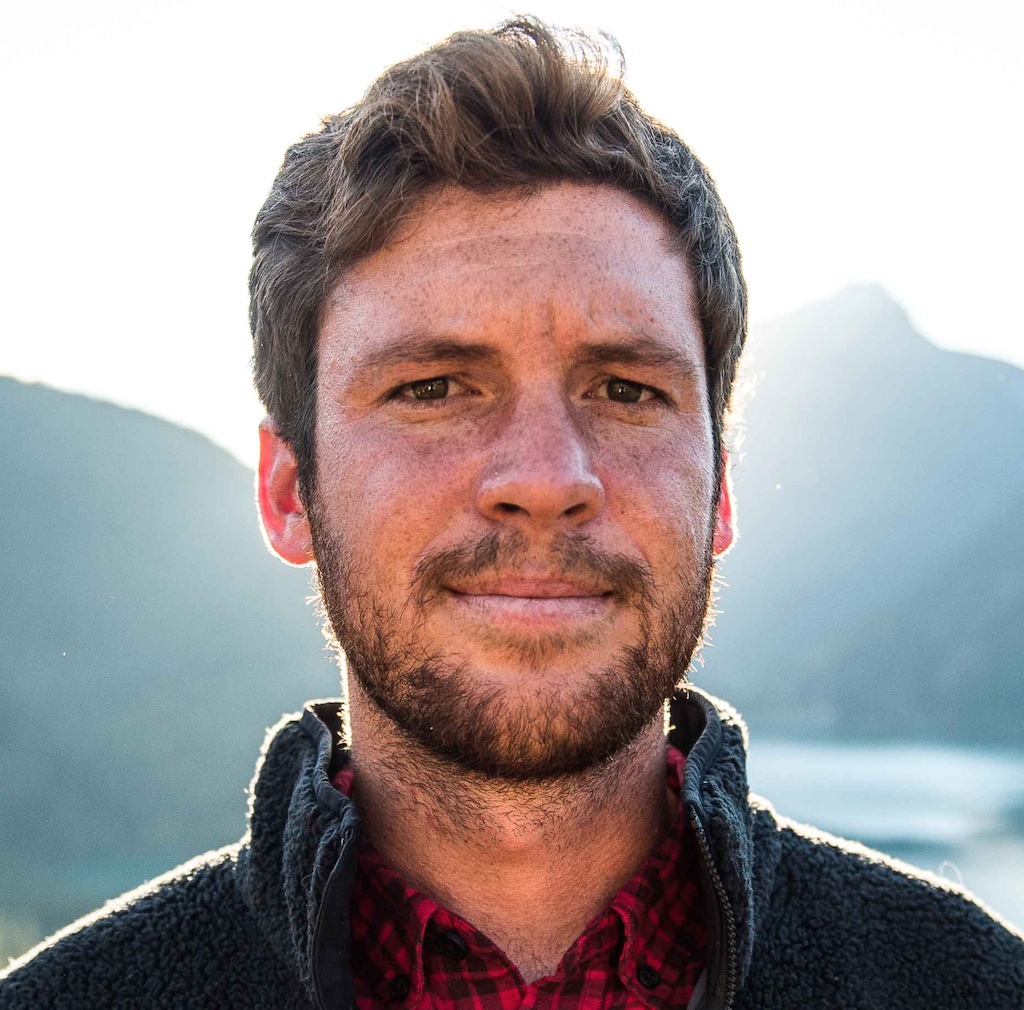As climate change and overuse intensify drought, Whiskey Flats, a famous California Ghost Town, re-emerges after 70 years underwater.
Gun-slinging cowboys and dusty Western mining towns might seem like relics of the past—subjects for history books and grainy films. But a shrinking reservoir in the southern foothills of the Sierra Nevada Mountains in California has revealed the foundation of an honest-to-goodness Wild West town, bringing the ghosts of that era back to the surface.
About 35 kilometers from Bakersfield, California, is Lake Isabella, the result of the Kern River being dammed in the 1950s to provide water for surrounding farmland. Now at only eight percent capacity, the receding water line has uncovered the Gold Rush-era town of Whiskey Flats, abandoned so the valley could be flooded.
Whiskey Flats was founded by prospectors in the 1860s. According to local lore, a man named Lovely Rogers traveling through the valley bent down to pick up a rock and instead found himself holding a gold nugget. Several gold mines were established in the area following his discovery, and a town sprung up.
The residents clashed with the Native American tribes who lived in the area, resulting in a massacre. The history of the town is splashed with gambling, fights over claims, drinking, and everything one might expect from “the Wild West.” In fact, actual events—or at least, actual legends—from Whiskey Flats inspired plots and action sequences in Western movies. The “quick-draw” cowboy role Clint Eastwood made a career off of was based at least partially on Whiskey Flats’ own Newt Walker. While on trial for murder in 1905, Walker reportedly demonstrated to a courtroom that he could empty his six-chamber gun in less time than it took for a handkerchief to drop from his lawyer’s hand to the ground.
The town itself was pictured in TV shows and movies before it was flooded, including 1939 Oscar winner The Stagecoach. Eventually, they built a Main Street facade to use as a movie set, and ranches and properties nearby rented out land and props to film crews.
Whiskey Flats is just one of many remnants of the past that are coming to the surface as climate change intensifies droughts and pushes water reserves to the limit. This summer, the ruins of a Bronze Age city emerged from another dwindling reservoir in Iraq, and human remains from what appear to be decades-past mob killings have been discovered in a drying Lake Mead.
The stresses climate change is putting on water supplies are no joke—at the same time, the glimpses into the past created as water lines retreat are worth marveling over. Some locals in Kern Valley say it’s a pleasure to be able to see and touch the region’s history more clearly. Chuck Barbee, a documentarian and local history buff, finds hope in the valley’s dynamism. As he told SFGATE, “After all, we’re just another part of [the region’s] long and prolific history.”
***
Adventure.com strives to be a low-emissions publication, and we are working to reduce our carbon emissions where possible. Emissions generated by the movements of our staff and contributors are carbon offset through our parent company, Intrepid. You can visit our sustainability page and read our Contributor Impact Guidelines for more information. While we take our commitment to people and planet seriously, we acknowledge that we still have plenty of work to do, and we welcome all feedback and suggestions from our readers. You can contact us any time at hello@adventure.com. Please allow up to one week for a response.
